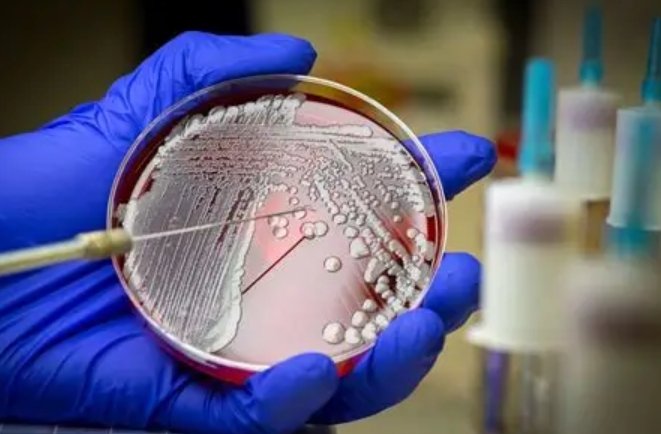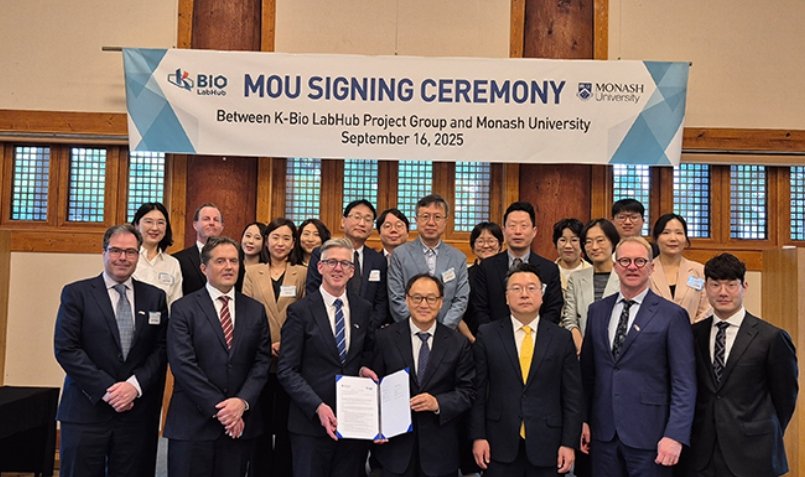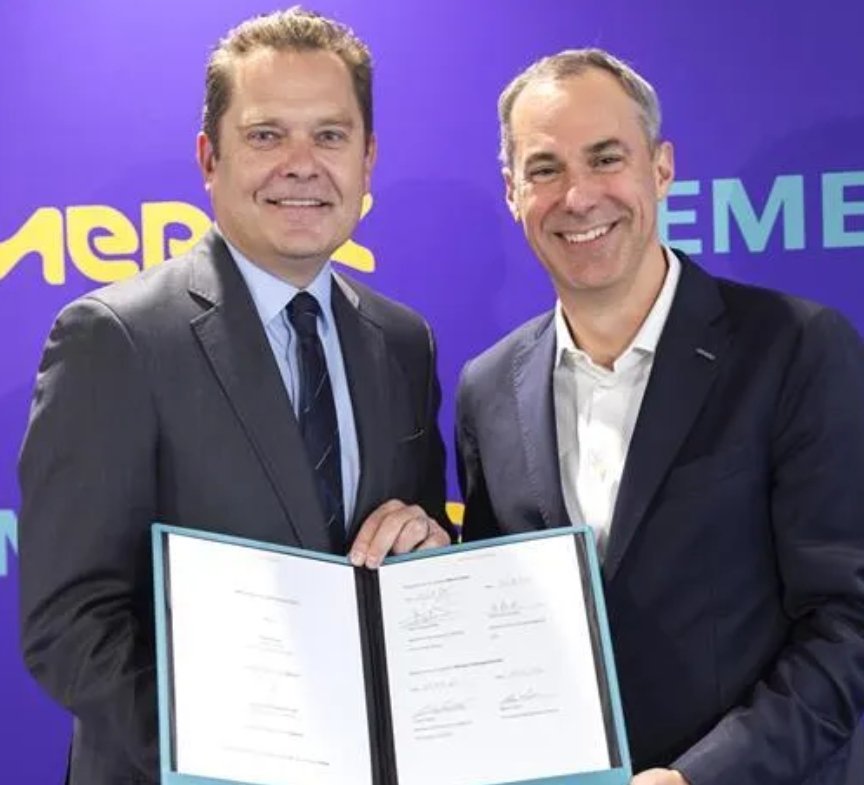
According to one of the most comprehensive studies of antimicrobial resistance (AMR), 4.95 million deaths were associated with – including 1.27 million deaths attributed to – bacterial AMR in 2019. Forecasts show that by 2050, the Asia Pacific region will account for 47 per cent of AMR-related deaths worldwide. Left unaddressed, AMR-related costs in Asia are projected to rise from $550 billion to $700 billion by 2050, absorbing 0.8 per cent to 1 per cent of regional gross domestic product (GDP).
As the rapidly growing AMR threat transcends geography, economic status, and culture, we must find novel solutions that can be rapidly translated to commercial products for public health.
Singapore recognises the urgency of this AMR issue, with a robust suite of education, infection control, and research programmes implemented by local ministries and agencies responsible for human health, animal health, food and the environment.
AMR is a 'hidden pandemic' that affects all forms of infectious disease: viruses, bacteria and parasites. These pathogens are all capable of developing resistance to vaccines and drugs, with the situation exacerbated by the overuse of antibiotics.
Novel, high-impact solutions: Top priority
Apart from preventing excessive use and misuse of antibiotics through shepherding and use restrictions, other tools for combating AMR include monitoring, diagnostics, therapeutics, and regulatory reform. However, according to a 2021 report by the World Health Organisation, the antimicrobial pipeline was described as stagnant and far from meeting global needs. COVID-19 made things worse by diverting research efforts and investor attention. It’s time now to refocus on developing adaptive solutions to combat AMR.
The AMR problem is not limited to a specific pathogen, so researchers need to focus efforts on developing convergent technologies and making fundamental mechanistic discoveries that can be broadly translated to all AMR pathogens, and ultimately to clinical studies and commercial products for the public.
Thus, the Antimicrobial Resistance Interdisciplinary Research Group (AMR IRG) at the Singapore-MIT Alliance for Research Technology (SMART) – the Massachusetts Institute of Technology’s (MIT) research enterprise in Singapore strives to tap into the country’s robust research and deep tech ecosystem to advance the tools that governments and healthcare professionals can use to detect and treat AMR infections.
Precision diagnostics
Developing accurate and rapid diagnostic methods is essential to prevent erroneous use of antibiotics before pathological analysis. Existing methods – such as microbial cultures or polymerase chain reaction (PCR) tests – require a longer turnaround time for results, and often the amount of a pathogen in a sample is too low, leading to inaccurate results. In clinical settings, rapid and affordable point-of-care tests that can distinguish between bacterial and viral infections would reduce unnecessary antibiotic prescriptions at the first line of care. In parallel, researchers are also mining large datasets for potential markers that distinguish bacteria from viruses.
With current standard testing being inaccurate and time-consuming, SMART has developed quick and easy methods for concentrating microbes in clinical samples for better evaluation accuracy in a cost-effective configuration.
Developing new therapies
Beyond encouraging wise use of antimicrobial agents, new therapies are needed to protect patients and prevent AMR. Fortunately, advances in understanding pathogens and developing new technologies are already leading to new solutions: antibiotics to which pathogens have not developed resistance, drugs that reverse resistance (similar to the classic Augmentin), and bacteriophage and antibody biologics capable of attacking specific AMR pathogens.
For example, SMART AMR’s researchers recently discovered a novel phage lysin Abp013, an enzyme with promising potential as an antibiotic alternative, especially against drug-resistant strains of Acinetobacter baumannii and Klebsiella pneumoniae – superbugs responsible for life-threatening infections such as pneumonia and meningitis. With the ability to penetrate the bacterium and kill it, Abp013 quickly and directly targets key structures in a bacteria’s cell walls. This discovery opens the door to engineering potent lysins that target AMR pathogens.
SMART AMR’s researchers are also developing nanoparticles capable of transporting therapeutics through thick infection biofilms, in which the bacteria temporarily stop growing and become drug tolerant. By using nanoparticles to deliver drugs directly into the biofilm, the bacteria have fewer chances of survival and develop permanently resistant strains.
Innovative bacteriophage-based therapies are also being designed to treat bacterial infections in individuals and communities around affected patients. Bacteriophages are viruses that identify and kill bacteria highly specifically – even antibiotic-resistant strains – and have been used in patients with chronic, untreatable bacterial infections.
Boston-based biotechnology company PhagePro Inc. has developed an oral dose of bacteriophage to protect at-risk household members of cholera patients, and platform technologies such as this could be adapted for the protection against other deadly bacterial infections. The next frontier in phage-based therapy includes further engineering phage “cocktails” and developing phage-derived antimicrobials for the swift targeting of antimicrobial pathogens.
This innovation extends to technologies to rapidly screen drugs to identify combinations that resensitise AMR microbes to widely-used antibiotics. For example, such high-throughput screening has led to the development of drug combinations that are effective at targeting highly drug-resistant tuberculosis-like infections.
What’s next?
With the soaring rate of AMR, the push to develop novel technologies will help us design and discover new therapeutics against ever-evolving pathogens. These will lead to improved patient outcomes, reduced antimicrobial use, and some degree of control of the AMR problem. Nevertheless, AMR threats persist because microbes are capable of evolving and adapting unpredictably. Minimising the problem is the goal of the researchers.
New types of therapies – such as antibodies and bacteriophage – will broaden our arsenal of bacteria-killing solutions. Recent efforts by SMART AMR Investigators have shown that developing antimicrobial antibodies can take less than four months with new computational and analytical tools. Using multiplexed analytics could further reduce antibody development costs to make this therapeutic modality more affordable. The widespread and cost-effective application of bacteriophages to cure drug-resistant infections requires significantly more investment in R&D than currently available.
Further, investment in developing small molecule antimicrobials still represents the most rapid, cost-effective, and practical public health solution to AMR, with more drug combinations for an optimal and affordable approach.
It is not so much the science and technology that are holding us back from tackling AMR, but the economics of developing new antimicrobials. Most new companies that have been granted FDA approval for new antimicrobials have gone bankrupt due to development costs not being repaid by drug sales. This is due to mandatory hold-back policies to use the new drugs only for otherwise incurable infections, the billion-dollar costs to develop new drugs, and the fact that most countries cannot afford high drug prices. Thus, it’s essential to adopt proactive government and economic policies to lower the financial burden of antimicrobial development, coupled with new science and technology to reduce discovery and development costs.
COVID-19 has demonstrated how focus, dedication and cooperation within the scientific, industrial, and government communities can overcome pressing issues of concern at remarkable speeds – giving rise to new innovations. Although it may take a while to see novel ideas transformed into clinical use, broad- and high-impact solutions born from collaboration and emerging deep technology may help us in our continued fight against AMR.
Dr Peter Dedon, Co-Lead Principal Investigator, SMART AMR, Singapore, and Singapore Professor of Biological Engineering, MIT, US




